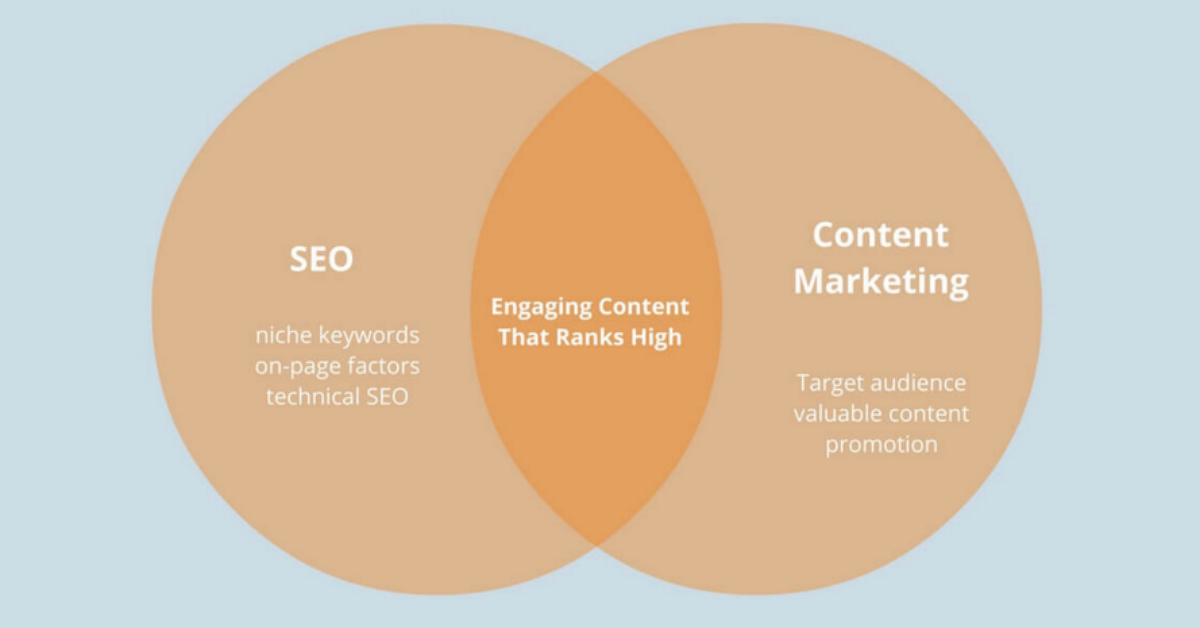link building strategies for beginners

Links are an important factor in SEO, and building them plays a big part in getting more traffic and relevance over time.
Active link building, almost like networking in real life, is not for the overly anxious. It’s not to say you have to be absolutely out there to make it work, but it does need some thick skin..
Here below are five steps of an overall link building strategy for beginners.
Learn Who Your Target Audience Is
You need to know who your ideal audience is and whoever is your audience is at the moment. Those two things are necessary in order to see if you’re actually close to building not just a large audience, but the kind of audience who are actually interested in what you have to offer.
It doesn’t have to always be exclusionary. In fact, in a lot of cases, you can end up with a more general audience that just happens to include your initial audience. What’s most important here is to carefully do your research to know who your ideal audience should be.
Create Your Own Unique Content
Once you have a clear picture of who your audience should be, you can then create content meant for them. The most important factor in getting other websites to link to your content is to have that content be really good in the first place.
You can make a list of websites that already appeal to your desired audience and you can get inspiration from their content.

Of course, you’re not copying what they’re doing, but merely getting a look at what their audience seem to like. You can then pick the best ones and add something else that’s uniquely your own later on. Make sure those websites you pick fit the specific topic of your content.
If you do create a post to get the attention of a particular website, whether it’s a feature or a list, you should also include a picture of the blogger or a screenshot of the website, as well as links to that website and associated social media accounts. You then make a case for why you’ve chosen to feature that website.
Reach Out to Other Websites
Once you’ve put in the time and effort to making that content, you must then reach out to the website you would like to link to your site. Contact them through whatever means you have available, either through email, Twitter, or even a phone call.
Whatever you do, don’t send an automated message. You should keep it short and respectful, although additional details is fine if they’re really necessary. What’s important is you get to the point without coming off as too blunt or aggressive.
You can pitch to them the content or product and ask them to link to it or even make their own content about it. Just make sure to make it easy for them to do as you ask. Most bloggers are happy to oblige if they’re provided a free sample of said product.
Check out these link building strategies infographic created by Matthew Woodward for more link building tips.

Social Media
Upon posting that content, you would want to bring more attention to it however you can. Social media is the best way to do just that. You can tweet about it, share it on Facebook, make a video about it on YouTube, and so on. When other people like it, they can likely share it as well.
The more popular your content gets through social media, the better you can convince other websites to link back to you as well. Social media can be a powerful tool in your link building campaign.
Make Sure to Follow Up
Finally, it’s the one step that can keep you from having wasted most of your effort in link building. Make sure to follow up so you know if the other website is indeed linking back to you or not. Whether they forgot, were unwilling to at first, or just flaky with things like this, following up can remind them to link back to you whenever they can.
Successful link building is mean to bring a broader audience to your website, as well as improve your ranking in Google. Just remember that doing it “the right way” involves going out of your way to reach out to other websites.
